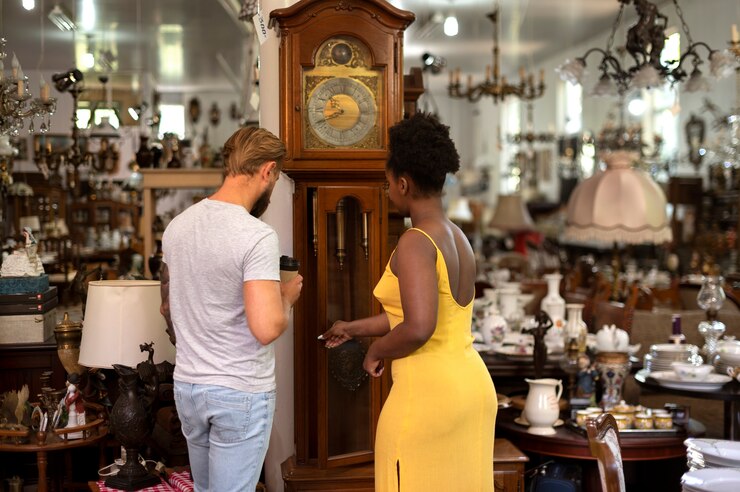Hosting a workshop outdoors can transform the way artists experience creativity. Many planners even explore glamping tents for sale to create stylish and comfortable spaces that support both learning and relaxation. An outdoor setting provides a refreshing break from the usual four walls of a studio, allowing imagination to flow freely in the presence of nature.
Choosing the Right Location
The location sets the tone for any outdoor workshop. Natural surroundings, such as woodland areas, gardens, or open fields, provide an inspiring backdrop for creativity. A site should be easily accessible while still offering a sense of retreat away from the everyday rush. Shelter is important too, so spaces with open lawns, shaded trees, or the option to pitch glamping tents can ensure comfort for artists across different weather conditions.
When considering a location, think about practical details such as parking, transport links, and available facilities. An inspiring environment should also be safe, secure, and spacious enough for artists to work without feeling crowded.
Setting Up the Workshop Space
The workshop space is more than just a working area; it is where creativity should be encouraged. Outdoor seating, easels, and work tables need to be arranged in a way that fosters both concentration and collaboration. Shade and shelter should be provided, whether through natural cover or with temporary structures like glamping tents, to ensure artists remain comfortable throughout the session.
Lighting is another factor to consider. Natural daylight provides the best conditions for many art forms, but extra lamps or lanterns may be needed if the event extends into the evening. Setting up spaces that balance practicality with comfort will encourage artists to engage fully in their craft.
Planning Materials and Resources
Art workshops demand careful preparation of materials. For outdoor sessions, the challenge lies in making these resources portable, organised, and weatherproof. Waterproof containers and covered storage can protect art supplies from sudden changes in weather. Each participant should have access to essential tools while still being encouraged to explore and share resources within the group.
Depending on the focus of the workshop, materials might range from sketchbooks and paints to clay or mixed media supplies. Preparing backup items is wise, as outdoor conditions can sometimes lead to unexpected wear and tear on materials. Providing guidance on what participants should bring themselves, such as aprons or water bottles, helps ensure everyone is prepared.
Creating a Comfortable Atmosphere
Comfort plays a vital role in making outdoor workshops successful. Creative expression flourishes when participants feel relaxed, inspired, and supported. Seating should be ergonomic, shade should be readily available, and refreshments should be accessible. Glamping tents are particularly effective here, not just as shelters but also as dedicated zones for resting, storing materials, or even displaying work at the end of the session.
Music, lighting, and décor can also enhance the overall atmosphere. A touch of creativity in the setting itself encourages artists to immerse themselves more deeply in the experience. Small touches, such as cushions, rugs, or nature-inspired decorations, help create a sense of warmth and community.
Encouraging Collaboration and Sharing
Workshops are as much about community as they are about individual creativity. Outdoor workshops lend themselves well to collaboration, as open-air spaces make it easier for artists to interact, share techniques, and draw inspiration from each other. Group exercises, joint projects, and feedback sessions can all be integrated into the programme to foster this sense of collective growth.
Ending the day with a group showcase or informal exhibition allows participants to celebrate their work together. It also reinforces the value of the workshop as not just a learning experience but a community event.
Managing Practical Considerations
While the creative side of a workshop is important, practical details ensure the day runs smoothly. Organisers must consider catering, accessibility, health and safety, and even weather backup plans. Checking local permissions for outdoor events is essential, as some locations may require prior approval.
Clear communication with participants before the event is crucial. Sharing details on what to bring, what will be provided, and how to reach the venue avoids confusion and ensures a smoother experience for everyone.
Final Thoughts
Organising an outdoor workshop for artists requires thoughtful planning, but the rewards are significant. Nature provides endless inspiration, and with the right preparation, artists can experience both comfort and creativity in equal measure. From choosing the perfect location to setting up glamping tents as supportive spaces, every detail contributes to a memorable and productive event.
By blending practicality with creativity, outdoor workshops can inspire artists to explore new ideas, connect with others, and deepen their artistic journey—all while surrounded by the beauty of nature.




